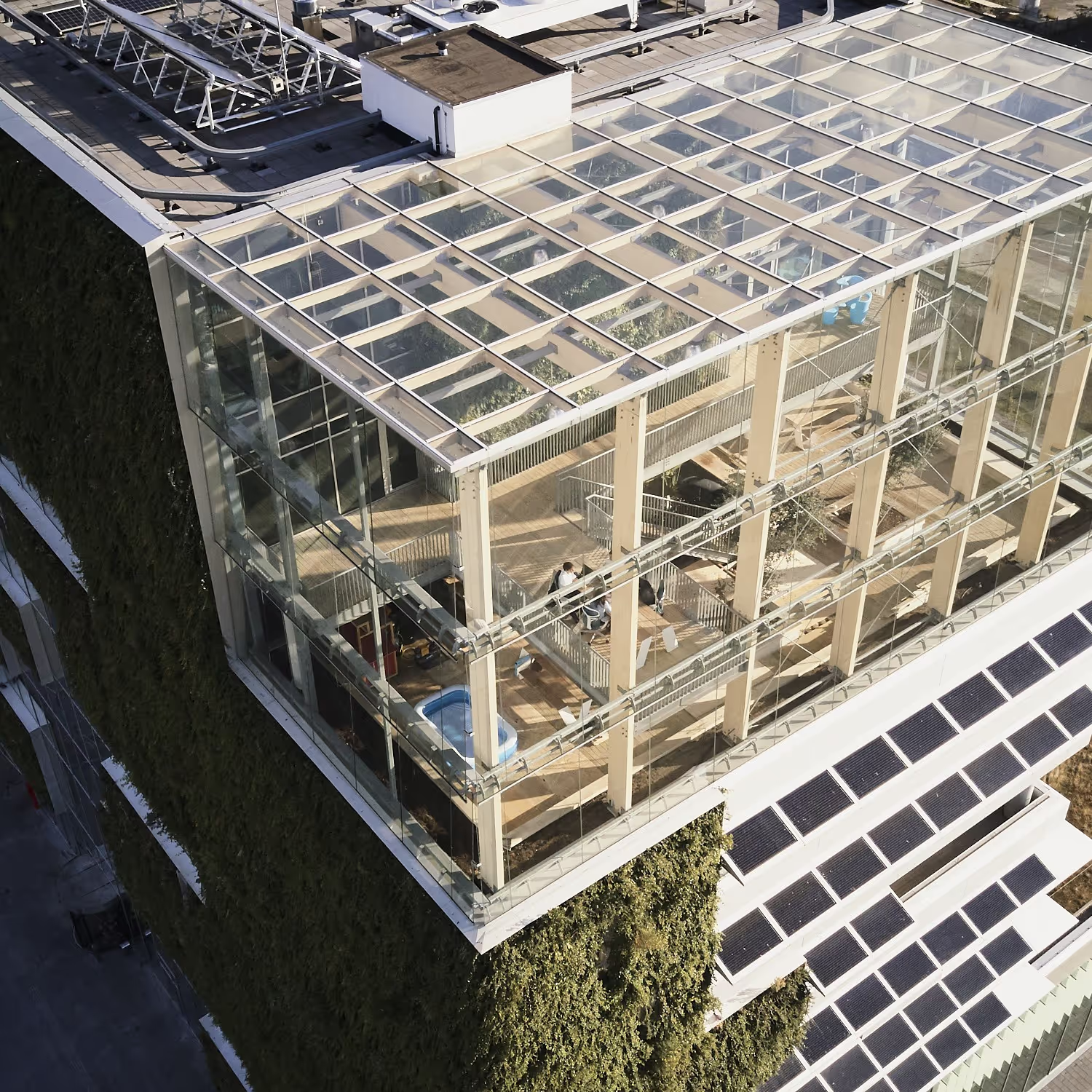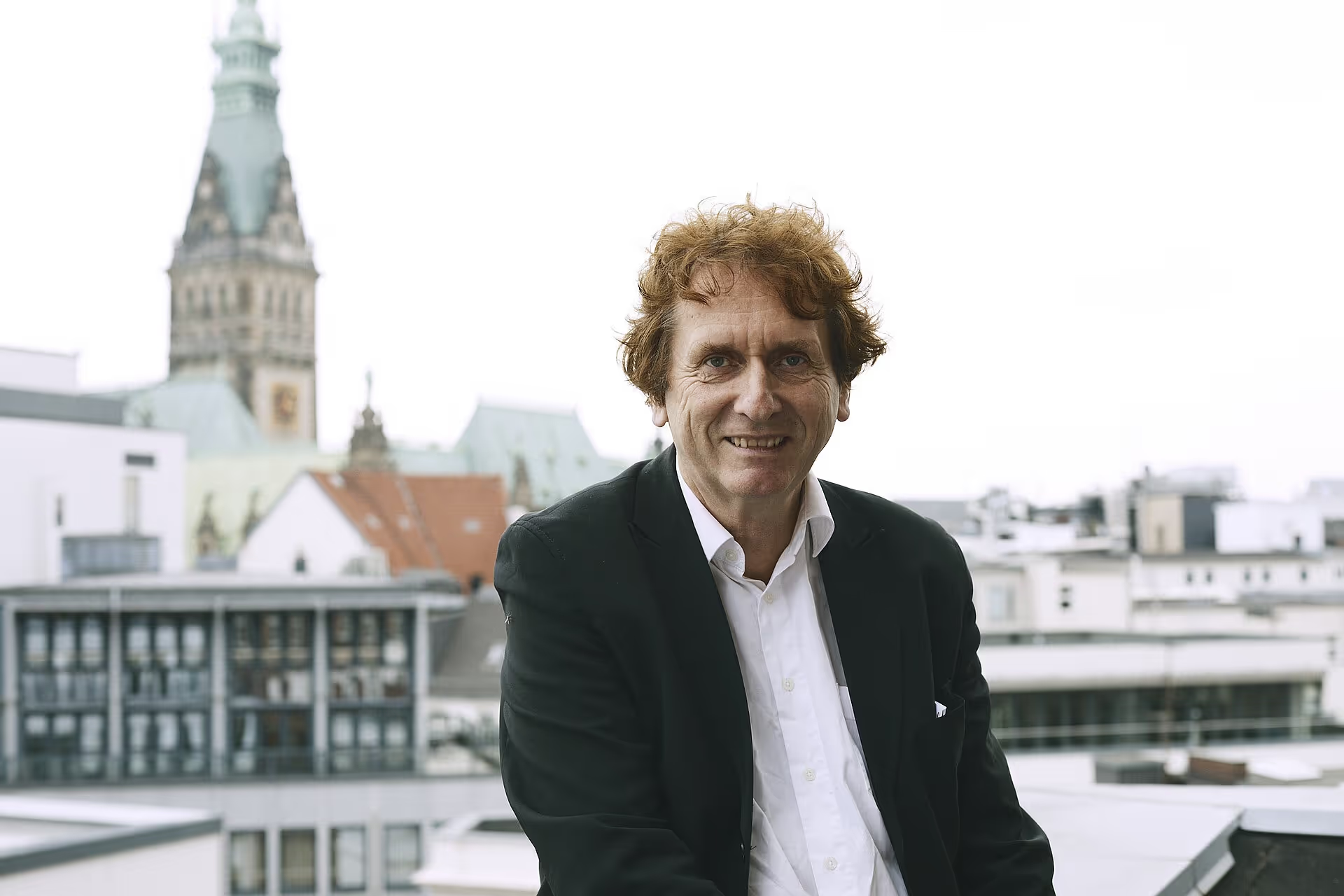Rethink products
What doesn't stay in circulation ends up as trash
Cradle to Cradle® is a design principle developed in the 1990s by Prof. Dr. Michael Braungart, William McDonough and EPEA Hamburg. It stands for innovation, quality and good design. It stands for innovation, quality and good design, and describes the safe and potentially infinite circulation of materials and nutrients in cycles.
All ingredients are chemically safe and recyclable. Waste in today's sense no longer exists, only usable nutrients.
In the biological cycle, materials such as cleaning agents or textile abrasions can be safely returned to nature, where they become nutrients for new products. In the technical cycle, durable goods such as electronics or floor coverings are designed in such a way that their materials can be broken down into their raw materials after use and reused without losing quality.





